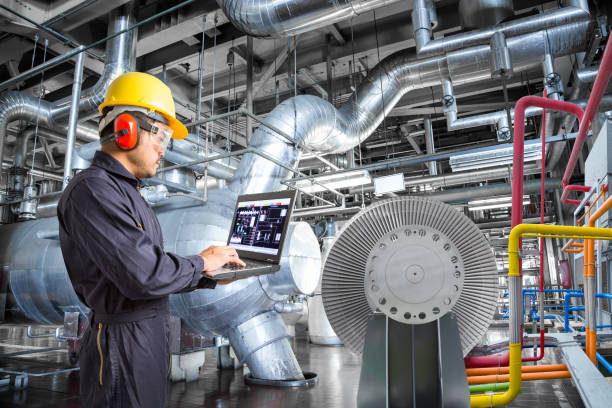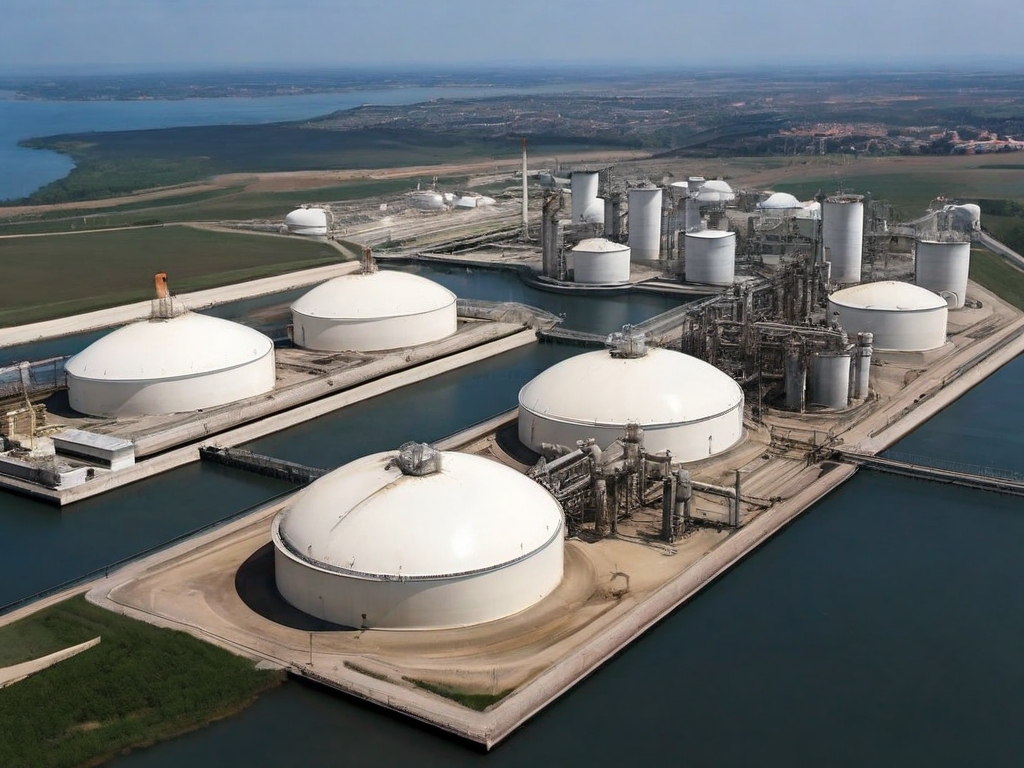When it comes to safety in hazardous environments, nothing is more critical than the proper maintenance of intrinsically safe equipment. As a leading provider of such equipment, Intrinsically Safe Store understands the importance of these best practices. In this article, we will delve into the key strategies for maintaining intrinsically safe equipment, ensuring its longevity and optimal performance.
Understanding Intrinsically Safe Equipment
Designers create intrinsically safe equipment to operate in potentially explosive atmospheres without causing ignition. These devices limit the electrical and thermal energy to a level below what is needed to ignite a specific hazardous atmospheric mixture. Industries such as oil and gas, mining, chemical, and pharmaceutical commonly use this equipment.
Regular Inspection and Cleaning
One of the fundamental practices in maintaining intrinsically safe equipment is regular inspection and cleaning. Dust, dirt, and other contaminants can affect the performance of the equipment and potentially compromise its safety features. Regular cleaning ensures that the equipment remains in optimal condition and reduces the risk of malfunction.
- Inspect the equipment for any visible signs of damage or wear and tear.
- Clean the equipment using a soft, damp cloth. Avoid using harsh chemicals or abrasive materials that could damage the equipment.
- Ensure that all parts of the equipment are dry before using it.

Proper Storage
Proper storage is another crucial aspect of maintaining intrinsically safe equipment. You should store the equipment in a clean, dry place away from direct sunlight and extreme temperatures when not in use. This helps to prevent damage and prolong the lifespan of the equipment.
Regular Testing and Calibration
Regular testing and calibration are essential to ensure that intrinsically safe equipment is functioning correctly. This involves checking the equipment’s performance against a known standard and making necessary adjustments to ensure accuracy.
- Perform regular testing to ensure that the equipment is functioning correctly.
- Calibrate the equipment as per the manufacturer’s instructions to ensure accuracy.
- Keep a record of all testing and calibration activities for future reference.
Training and Awareness
Proper training and awareness are crucial for maintaining intrinsically safe equipment. All personnel who handle this equipment should be adequately trained on its use, maintenance, and safety features. This helps to prevent mishandling, which can lead to equipment damage and potential safety risks.
Safeguarding Intrinsically Safe Equipment
Maintaining intrinsically safe equipment is a critical aspect of ensuring safety in hazardous environments. Regular inspection and cleaning, proper storage, regular testing and calibration, and adequate training and awareness are all essential best practices. By adhering to these strategies, you can ensure the longevity and optimal performance of your intrinsically safe equipment.
At the Intrinsically Safe Store, we are committed to providing high-quality intrinsically safe equipment and helping our customers understand how to maintain it properly. For more information or assistance, please contact us.


























